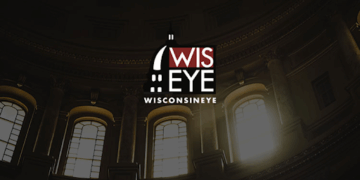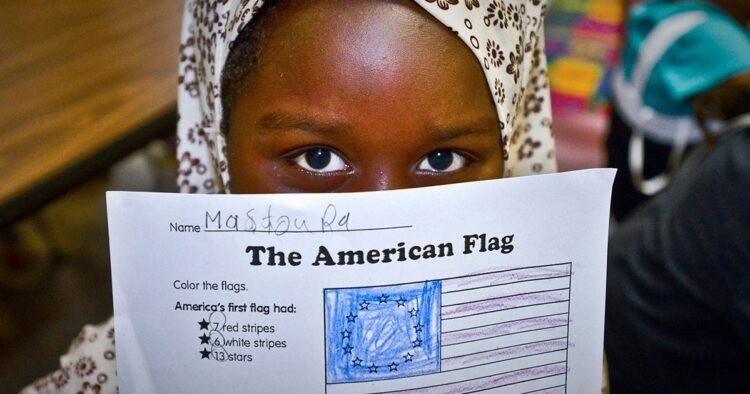With the migrant crisis in the US, debates over border policies, and U.S. asylum regulations dominating the news, you may wonder what the process is like for how refugees make it to the United States. This journey involves several complex pathways, each designed to address the unique circumstances of individuals fleeing persecution and those taking advantage of lack processes. Here is an overview of the various processes that refugees might undertake to reach the U.S. and the steps involved in each.
1. Refugee Resettlement Process (Overseas)
Refugee Resettlement Process: This pathway begins overseas, where individuals fleeing persecution apply for refugee status. Organizations like the U.S. Department of State, the UN Refugee Agency (UNHCR), and the Department of Homeland Security (DHS) are involved in granting U.S. refugee status. Once approved, refugees are assisted by volunteer agencies with their resettlement in the United States, often through the Office of Refugee Resettlement (ORR). This process culminates in the refugee being welcomed into the U.S. and starting their new life.
2. Affirmative Asylum Process
Affirmative Asylum Process: Individuals fleeing persecution may enter the U.S. on a valid visa and subsequently apply for asylum. This process involves submitting an asylum application and attending an interview with U.S. Citizenship and Immigration Services (USCIS). If the application is approved, asylum is granted, allowing the individual to stay in the U.S. If the application is denied, the individual may be referred for removal proceedings, though they may still apply for asylum defensively during this process.
3. Process for “Arriving” Asylum Seekers
“Arriving” Asylum Seekers: Individuals who reach the U.S. border and express a fear of persecution can request asylum upon arrival. These individuals are transported to immigration detention and undergo a credible fear interview. If credible fear is established, they are referred to an immigration judge for a hearing on their asylum claim. Depending on the outcome, they may be granted asylum or denied and potentially deported. This process is abused and is a common complaint on the structural issues with our immigration system.
4. Defensive Asylum Process
Defensive Asylum Process: This pathway involves individuals who are already in the U.S. without status or who have overstayed their visa. If they are caught or come forward without having previously applied for asylum, they may enter a defensive asylum process during removal proceedings. This process includes a credible fear interview and a subsequent hearing before an immigration judge. If asylum is granted, they can stay in the U.S.; if denied, they face deportation.
Key Organizations Involved:
– Office of Refugee Resettlement (ORR): Assists with the resettlement of refugees in the U.S.
– UN Refugee Agency (UNHCR): Involved in the initial granting of refugee status overseas.
– Department of Homeland Security (DHS): Plays a role in the security screening and approval of refugee status.
– U.S. Department of State: Manages the overseas refugee admissions process.
– U.S. Citizenship and Immigration Services (USCIS): Conducts asylum interviews and processes asylum applications.
– Immigration and Customs Enforcement (ICE): Handles immigration enforcement and detention.
Each of these pathways represents a complex and multifaceted process aimed at ensuring that those who are legitimately fleeing persecution can find safety and start anew in the United States. The system is designed to balance the humanitarian need to protect vulnerable individuals with the country’s security and legal protocols. However, there are several problems with vetting processes, and migrants coming to the US claiming asylum but are really economic migrants who want to come to the US to work, trafficking drugs and people, or maybe even worse.
































